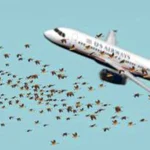The Struggle of Polar Bears: A Race to Save Their Home
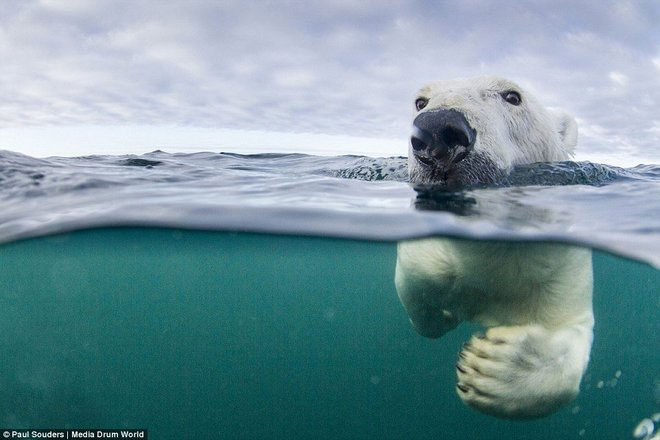
Polar bears are known as powerful swimmers, built to navigate icy waters with strength and skill. However, even these majestic animals have their limits. As climate change causes sea ice to melt rapidly, polar bears are forced to swim longer distances—sometimes more than 60 miles—to find food and survive. This growing challenge threatens their health and the future of their species, revealing a harsh truth about the fragile balance between animals and their environment.
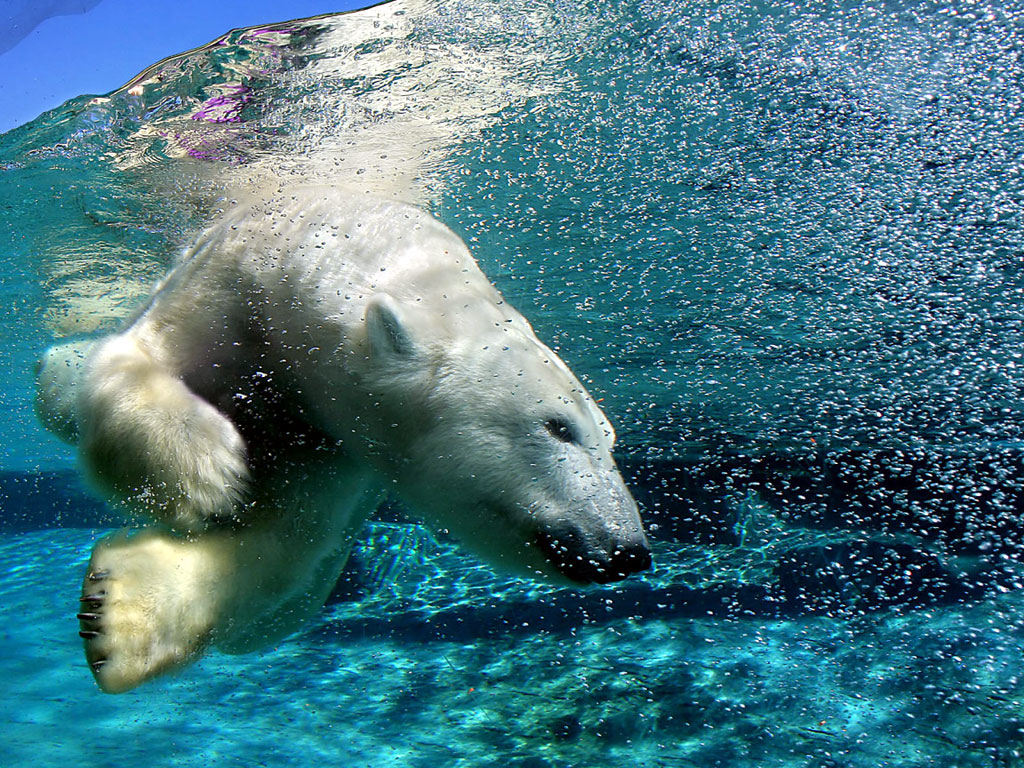
One heartbreaking story shows just how difficult this journey can be. A mother polar bear once swam an astonishing 426 miles over nine days, fighting exhaustion and cold to survive. While she made it through, her cub did not. Cubs, being small and vulnerable, cannot endure such long and grueling swims. They are often too weak, cold, or tired to keep up, making them especially at risk in a changing climate. This loss highlights the devastating impact that shrinking sea ice has on polar bear families.
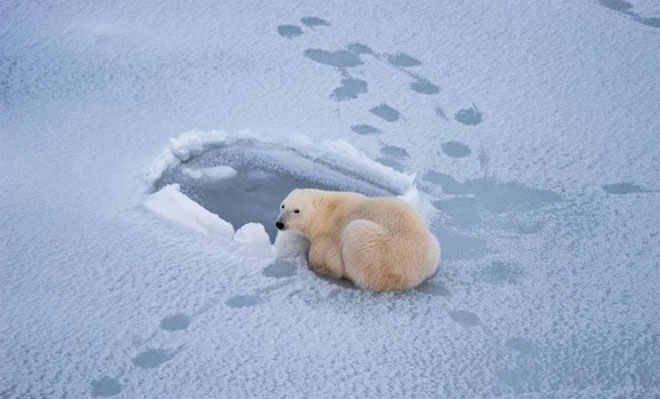
The real solution to this problem goes far beyond helping individual bears. It lies in protecting and preserving their natural habitat—the sea ice itself. Without enough ice, polar bears must travel dangerously long distances to hunt seals and care for their young. Each mile of ice that remains stable means one less mile a cub has to swim, increasing its chance of survival. Saving the ice is not just about saving bears; it is about maintaining the delicate ecosystem on which many creatures depend.
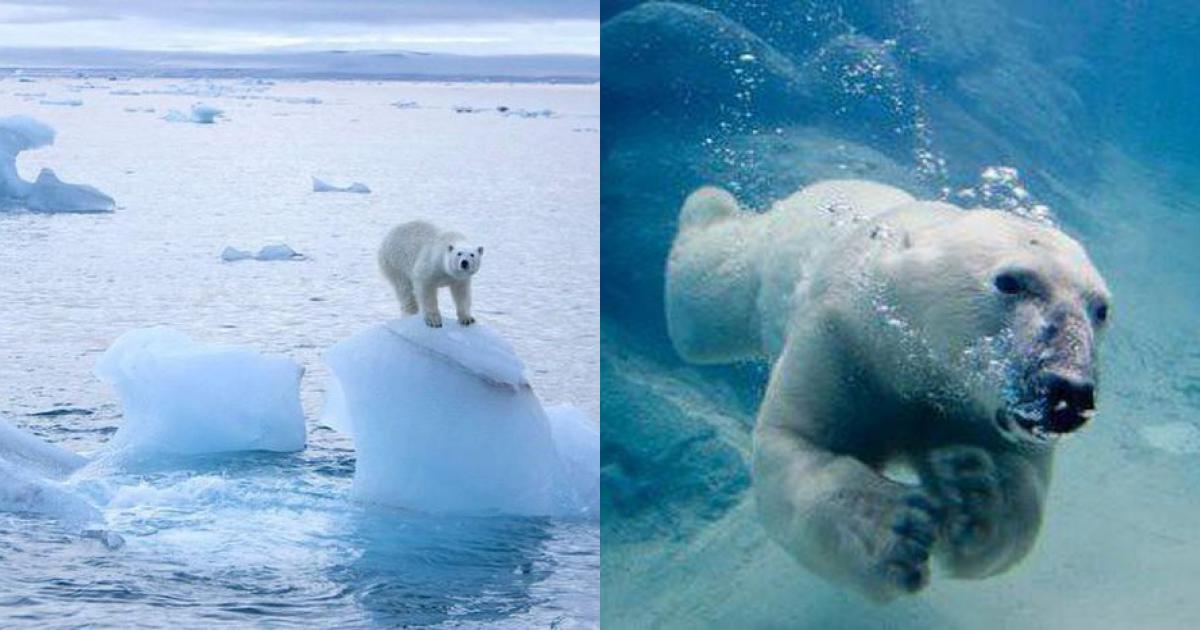
Ultimately, the story of polar bears swimming vast distances to survive reminds us of the urgent need for climate action. It teaches us that protecting the environment is essential to preserving wildlife and the future of our planet. Every effort to slow down ice melting helps give these incredible animals a fighting chance. After all, sometimes a single mile of ice can mean the difference between life and death.




